The Fundamentals of Saffron
I bought saffron today. A single gram jar was about $12... Now, just for reference, that's about the weight of a paperclip or a dollar bill (ThoughtCo.'s Gram Definition and Examples in Science). And ordinarily I would never spend quite so much on spices... No matter how much I enjoy them and you'd be hard pressed to find a single meal that I've ever made without them. I even grind my own quite regularly. But I have never cooked with it before! So many people don't actually know what is saffron. This is partially because it's incredibly difficult to actually find it!
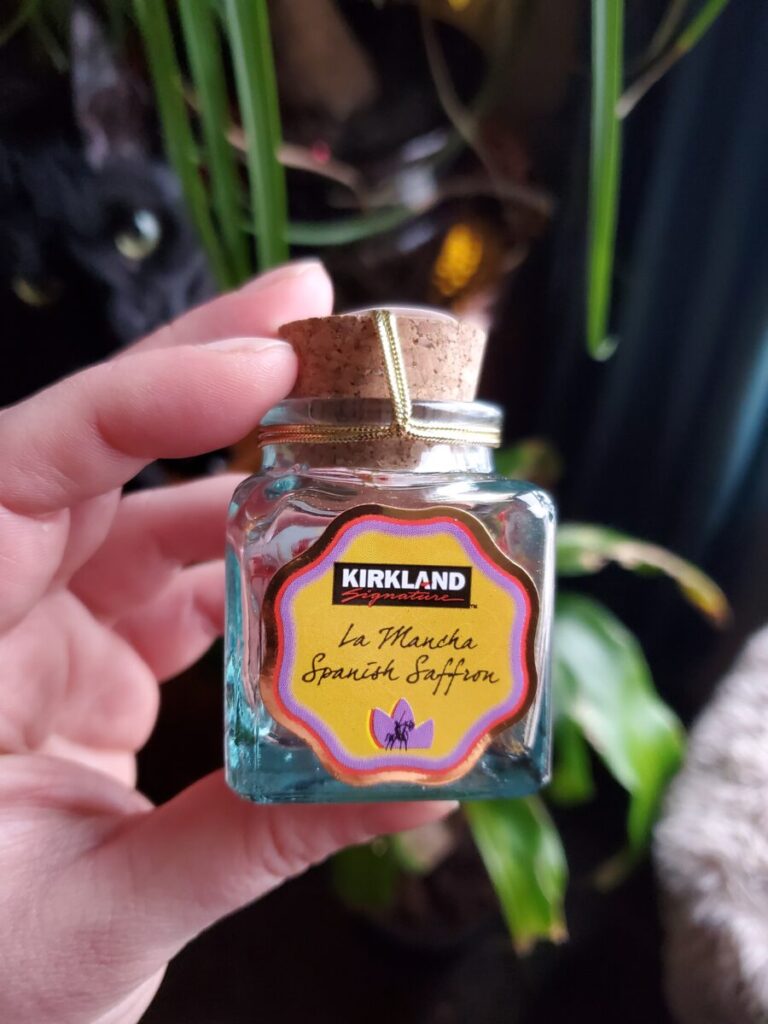
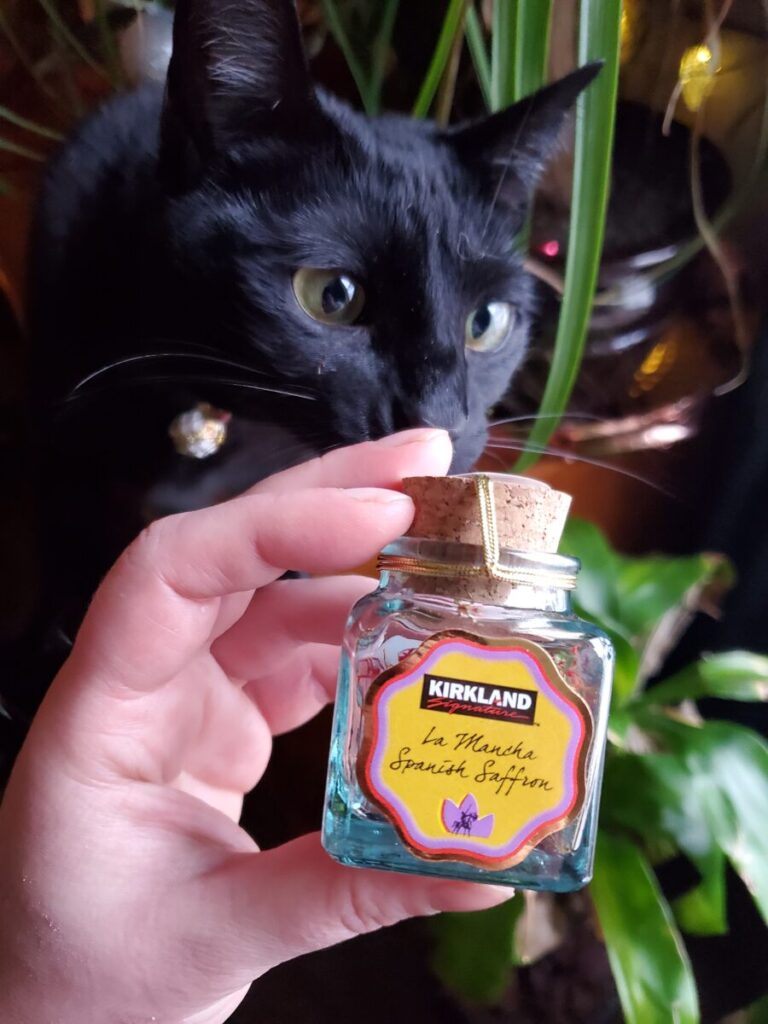
What IS Saffron?
This particularly red little sprig is actually a spice cultivated from the saffron crocus, a vividly colored flower with fiery red strands protruding out of the blossom. It's incredibly expensive and often difficult to find because the flower only blossoms for a short period of time during the fall and the stigmas must be harvested on the same day as the flower blossoms or else it will wilt too much to harvest. Since each flower only produces 3 stigma, it takes upwards of 50,000 flowers to yield one pound of dried saffron (Spice Jungle's Saffron).
One of the good things about saffron being so rare is that it's actually quite pungent. You really only need 2 or 3 sprigs per serving. Which makes it much more affordable than the hefty price tag would entail.
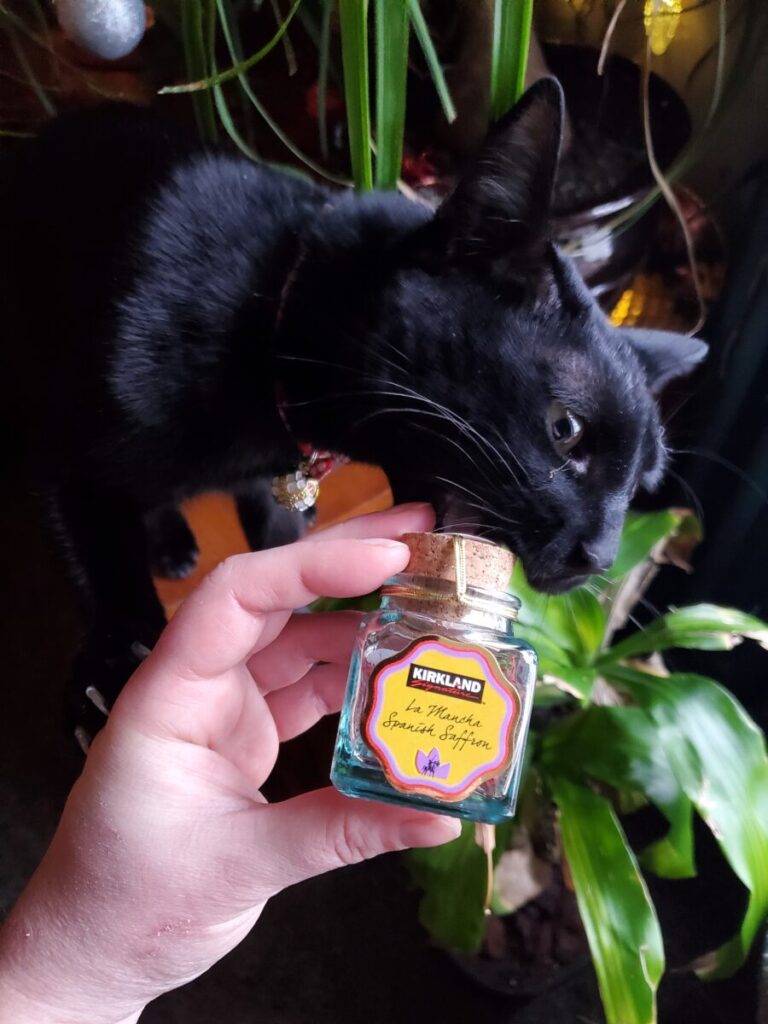
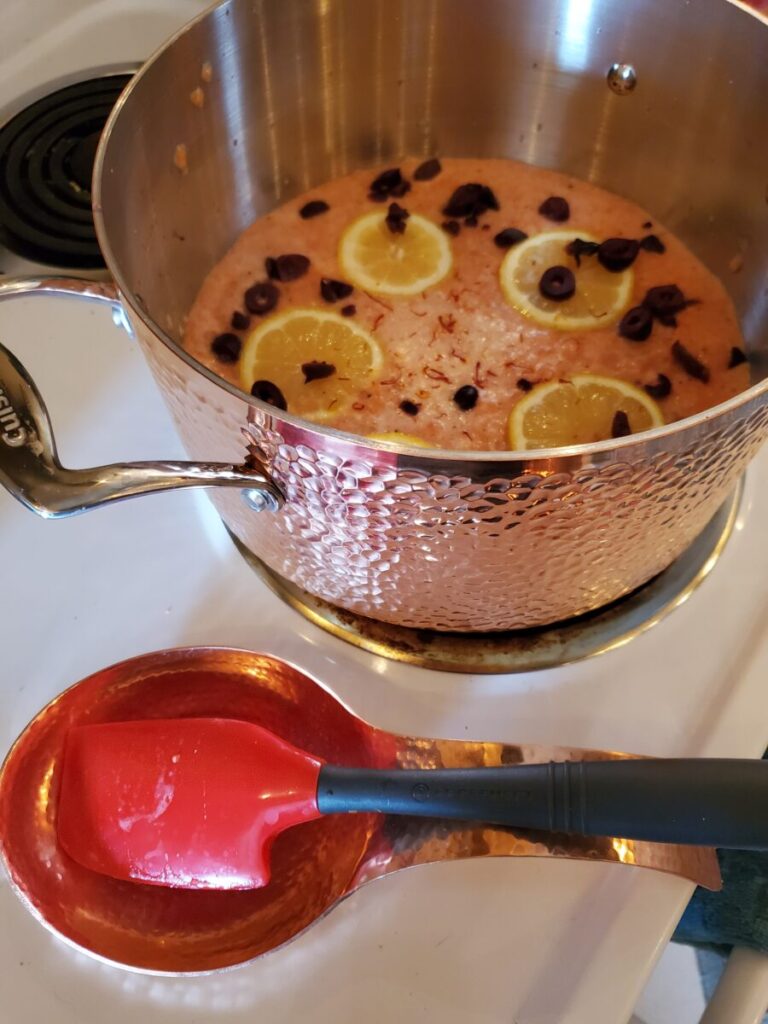
What Does Saffron Taste Like?
Honestly, I'm not even quite know what saffron tastes like! Have I even had it before? Was it secretly and subtly in some dish that I couldn't quite pinpoint? As far as I can recall, I don't believe that it's been lurking in anything that I've had in a restaurant. I feel like, as expensive an ingredient, it would have been obvious from the menu description that it contained saffron! Not to mention priced accordingly.
So, I had to do a little bit of research to figure out what to do with this elusive spice.
Saffron apparently has a slightly sweet and floral taste to it. Which makes sense because it is part of a flower. It's also known for being incredibly pungent and easy to over-use. Many recipes recommend adding it incredibly sparingly and tasting frequently to adjust.
A lot of blog photos seem to just dump hoards of it on top of dishes as a garnish. This seems to be entirely for artistic effect, though. Since the flavor is supposed to be so bold, only needed a couple of sprigs for an entire dish? Doing this is just for show and in no way, shape, or form appears to be how people actually cook with the spice.
I've begun kind of thinking of saffron as a subtler version of Turmeric. Both have bold flavors and a distinct appearance that you want to use incredibly sparingly. Although I am less afraid of saffron than I am of the oh so pesky dying prowess of turmeric.
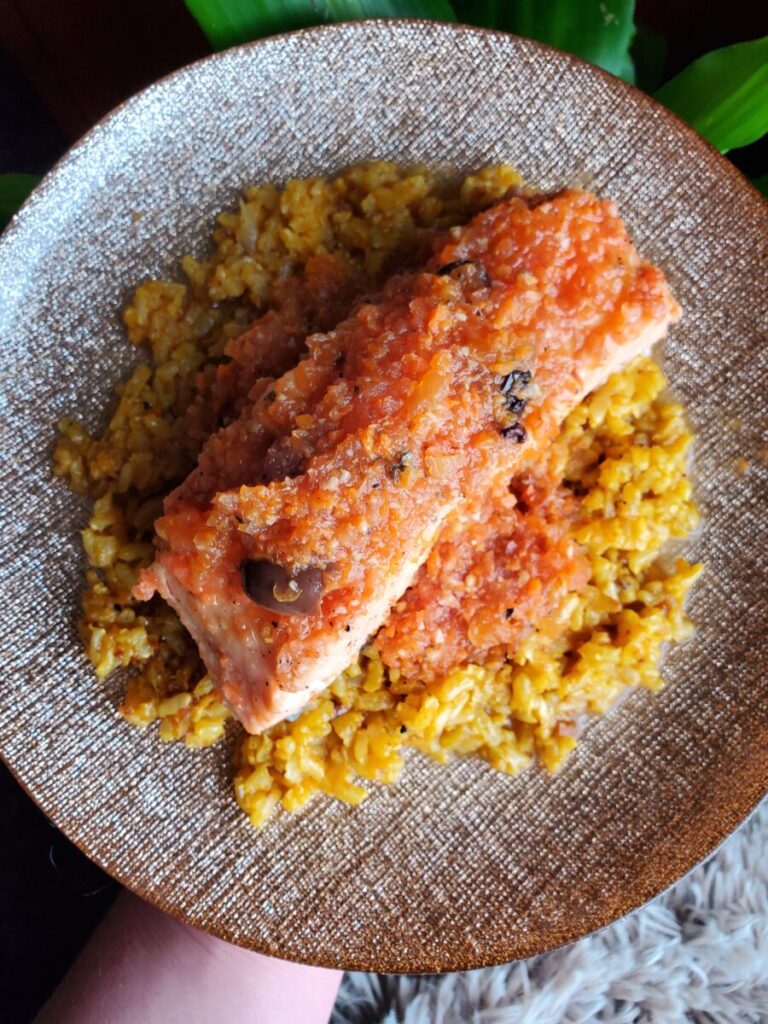
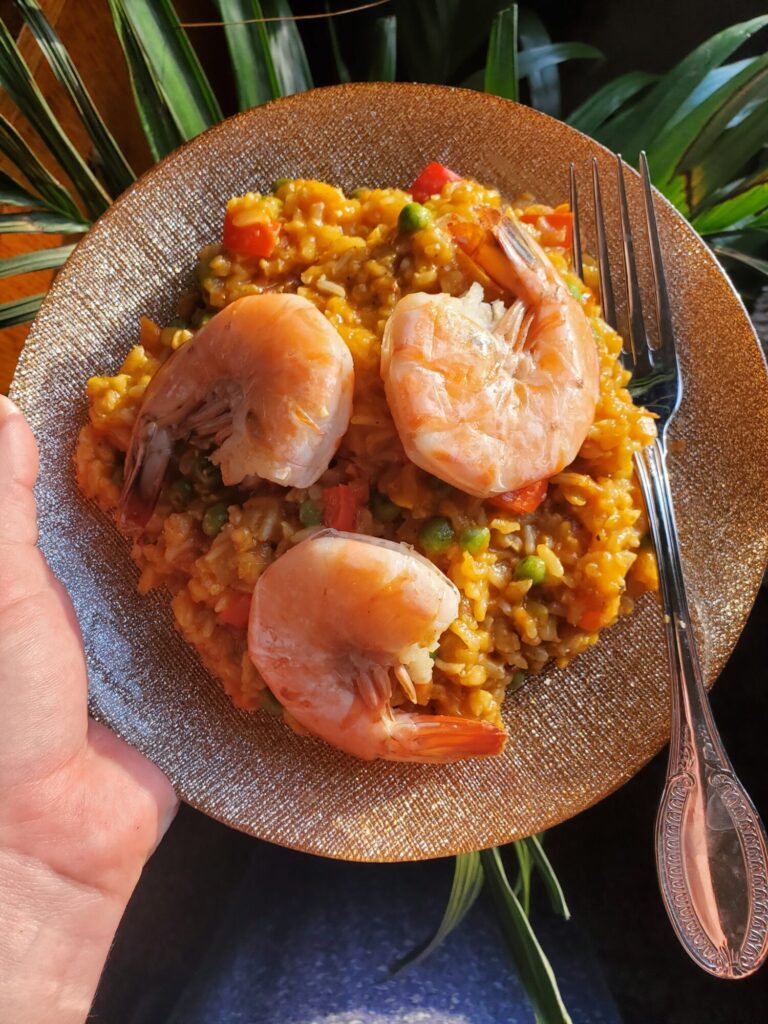
What Do You DO w/ Saffron?
Saffron is in a variety of dishes ranging from curries to bouillabaisse and even cakes or puddings.
Very often saffron is mixed in with white rice and bouillon. It turns a golden yellow hue, much like the color of an egg. It's really quite light and refreshing in appearance and does look incredibly appetizing. I don't tend to eat white rice, though. There are certain dishes where I'll make an exception, but I'm typically more fond of a heartier brown rice and will likely see how this translates. Brown rice can easily overwhelm more delicate flavors. However, given how pungent saffron is supposed to be? I suspect that this might not be an issue!
Saffron is also used with a wide variety of poultry, pork, and seafood dishes. I quintessentially think of it as being in paella. But it's also cooked into a plethora of sauces, broths, and stir fry-like dishes. The plant originated and is still largely cultivated in Spain. Although it has permeated across the globe and is common in everything from French, Moroccan, and Indian cuisines.
Gallery
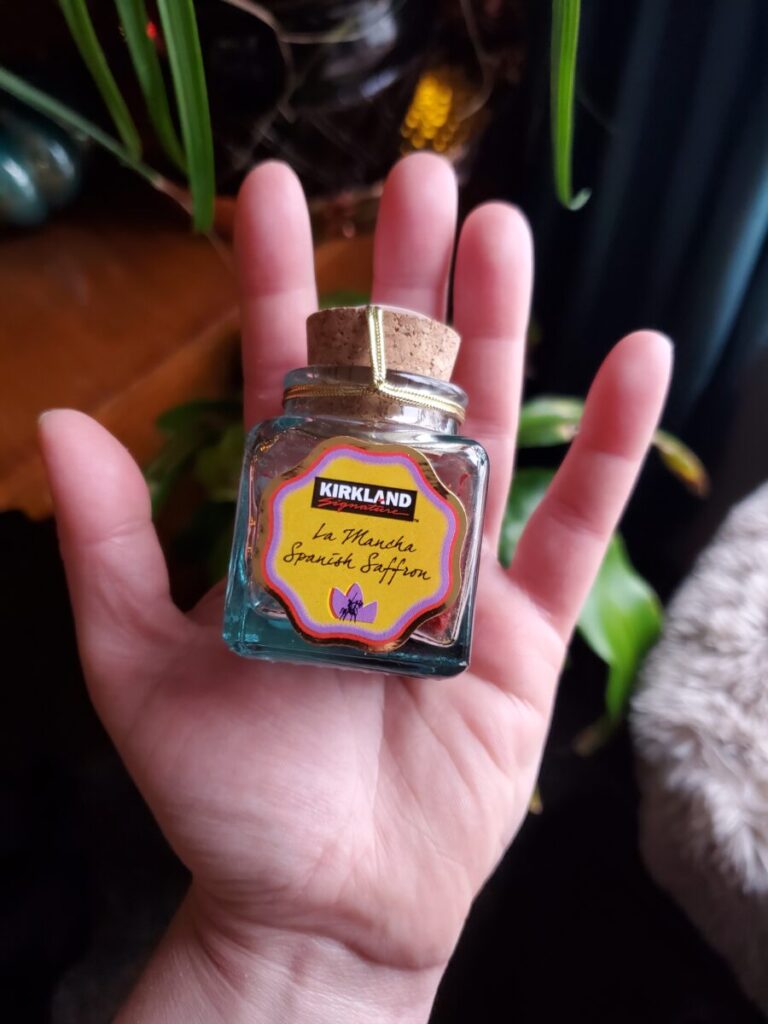
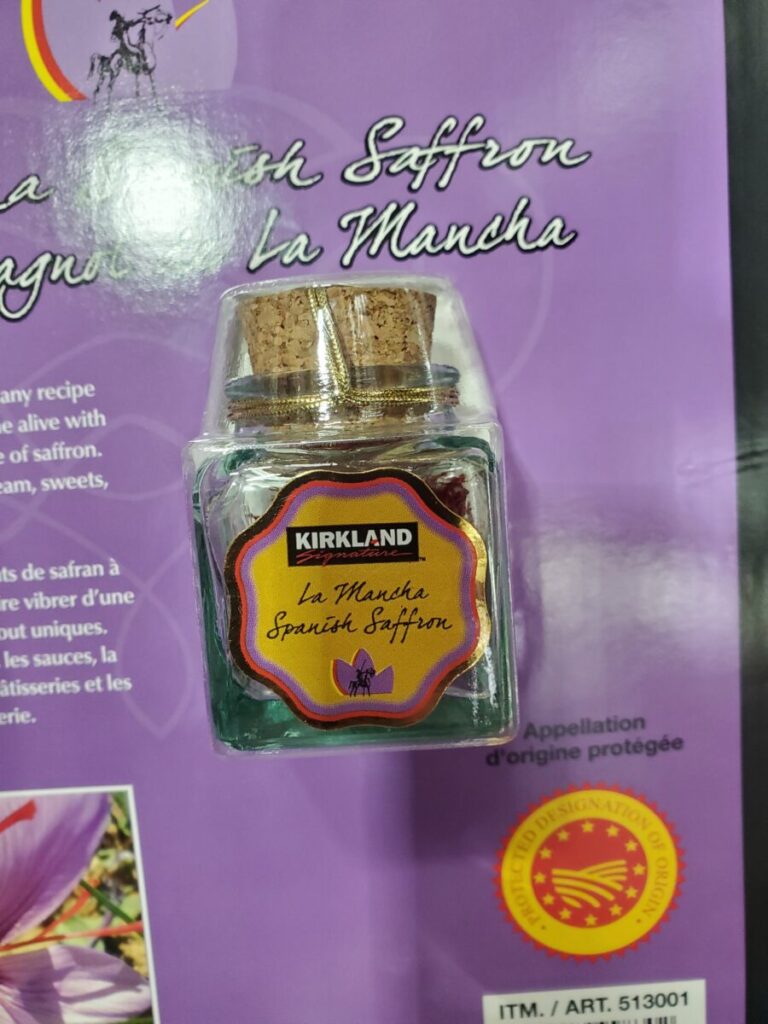


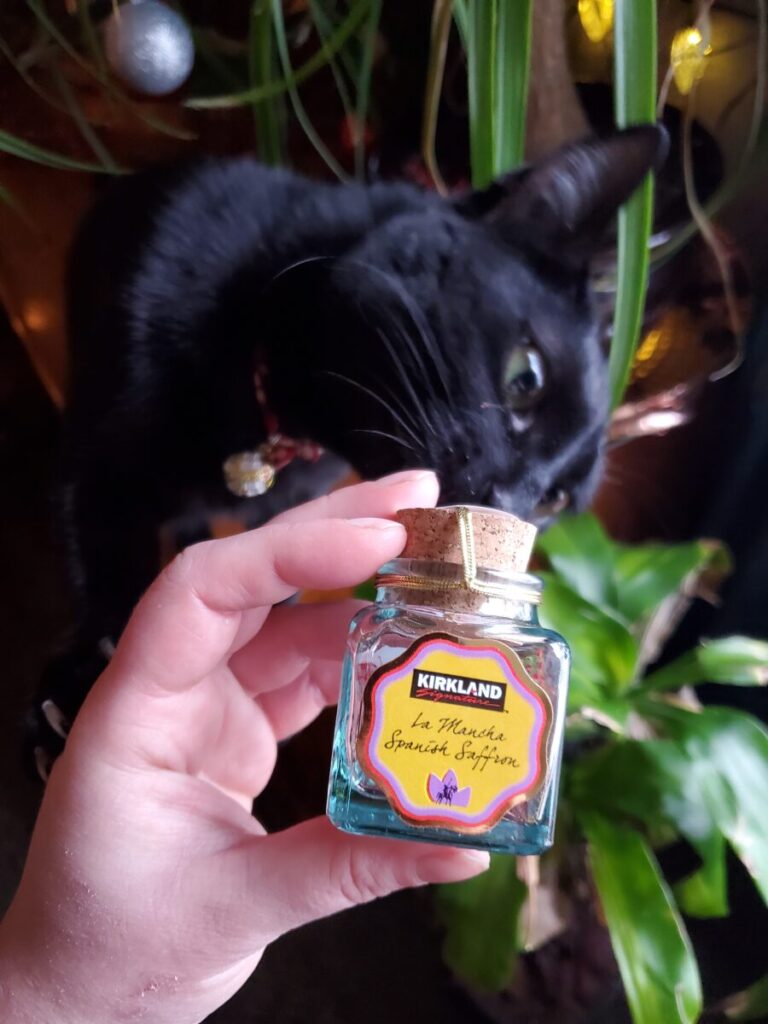
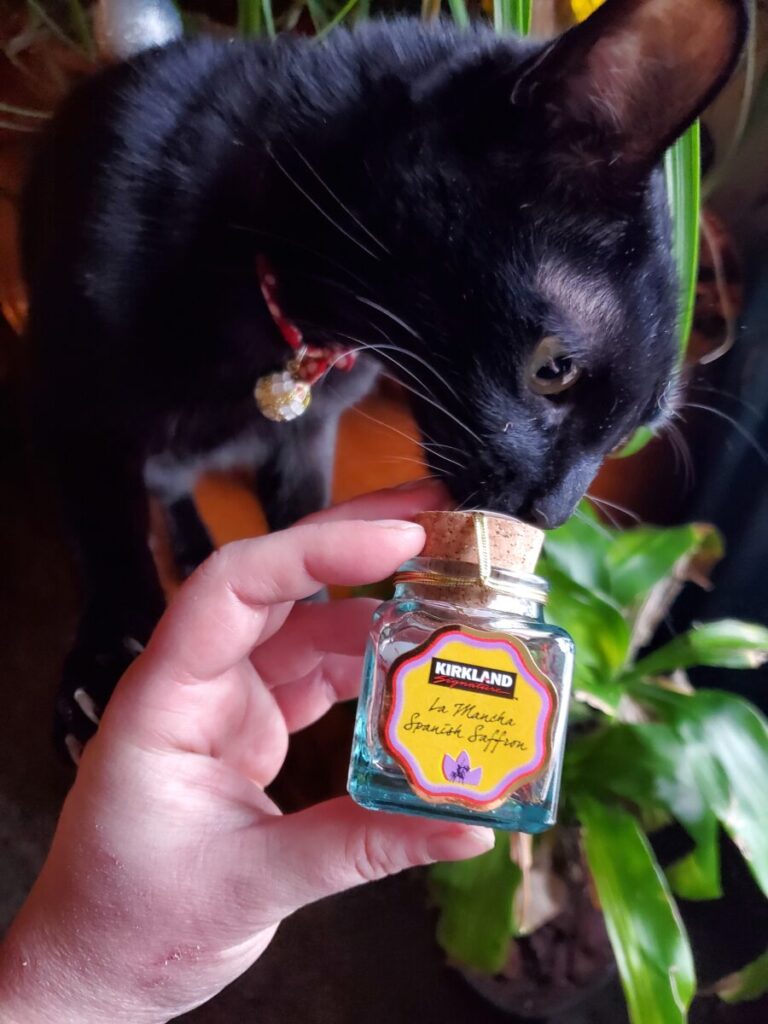

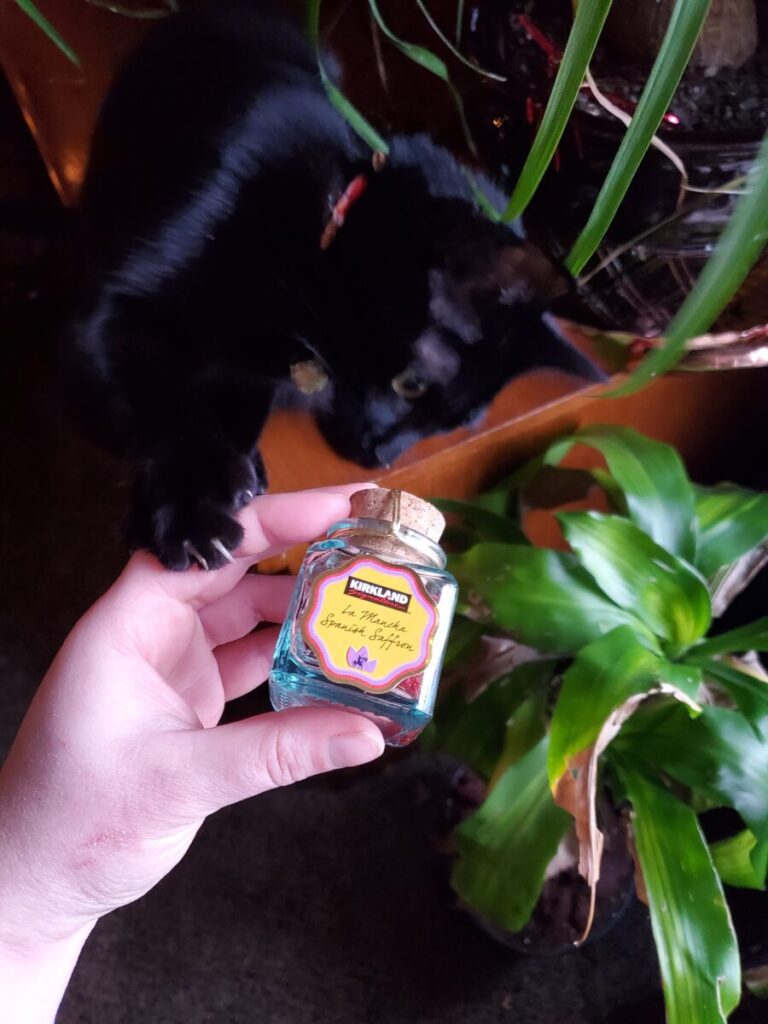
Is Saffron Cat Safe?
Esméralda is always trying to catch a sniff at whatever I'm making. She stares wide-eyed at spicy curry wafting over the stove. I think that she's jealous when I take pictures of food. But this truly had quite the pungent scent! Even in the unopened bottle she bit the cap. Which she never does! She will beg for food and even occasionally try to take a swipe. But actually chewing on the cap?? That is a first! Albeit adorable. And only slightly toxic.
There are a couple different varieties of saffron. Crocus vernus. C. autumnale is the ornamental variety of saffron that is commonly cultivated for ornamental purposes. It is incredibly toxic to cats and, if consumed, can cause gastrointestinal distress, liver and kidney failure, as well as potentially death. Crocus sativa, on the other hand, is the Autumn crocus variety of saffron that is cultivated for the edible pollen. While it's not recommended to feed this to cats and I absolutely didn't allow her to eat any of it! It's not nearly as toxic and may still cause gastric issues (Birds & Blooms' 9 Poisonous Plants Every Cat Owner Should Avoid).
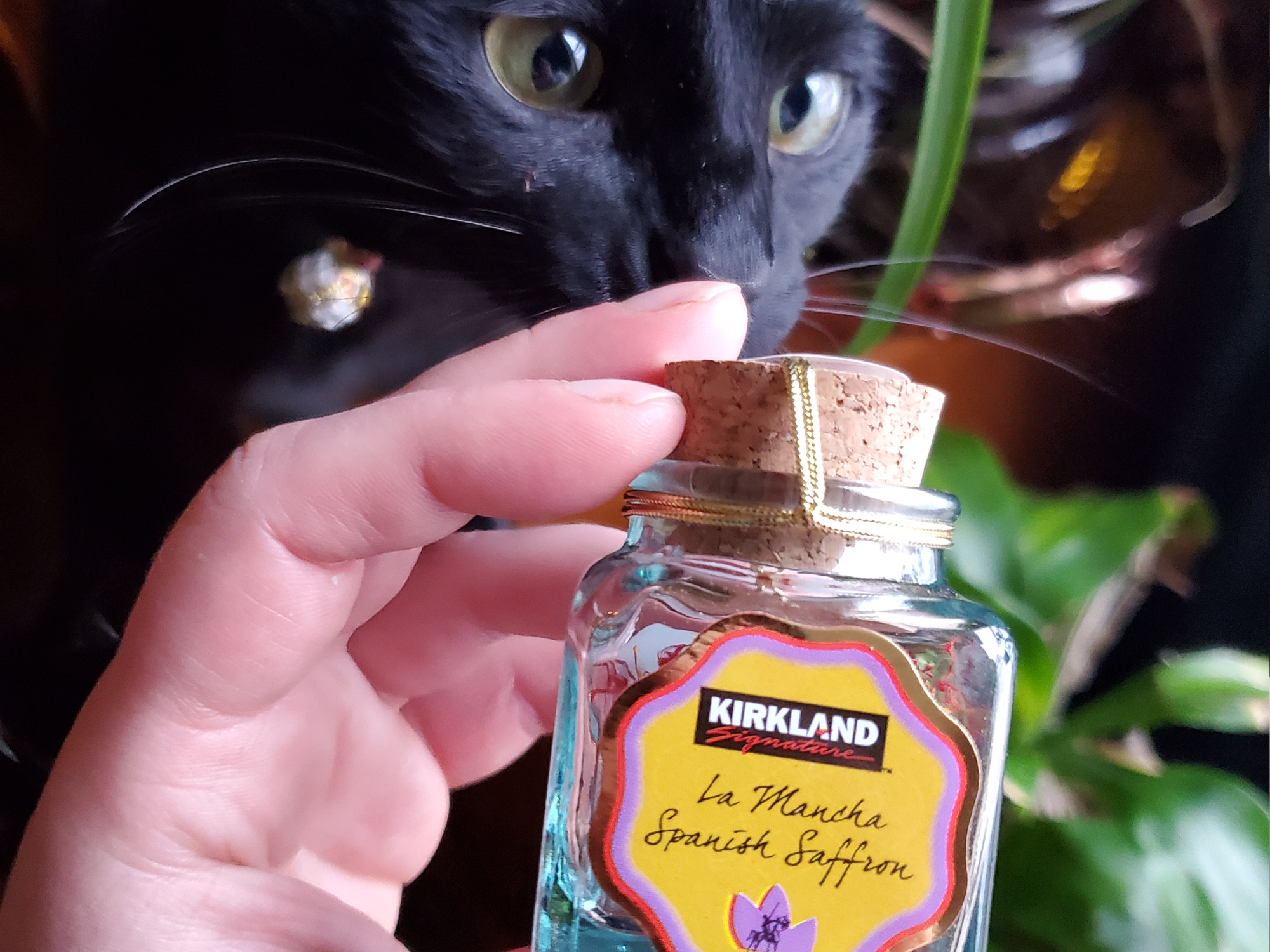
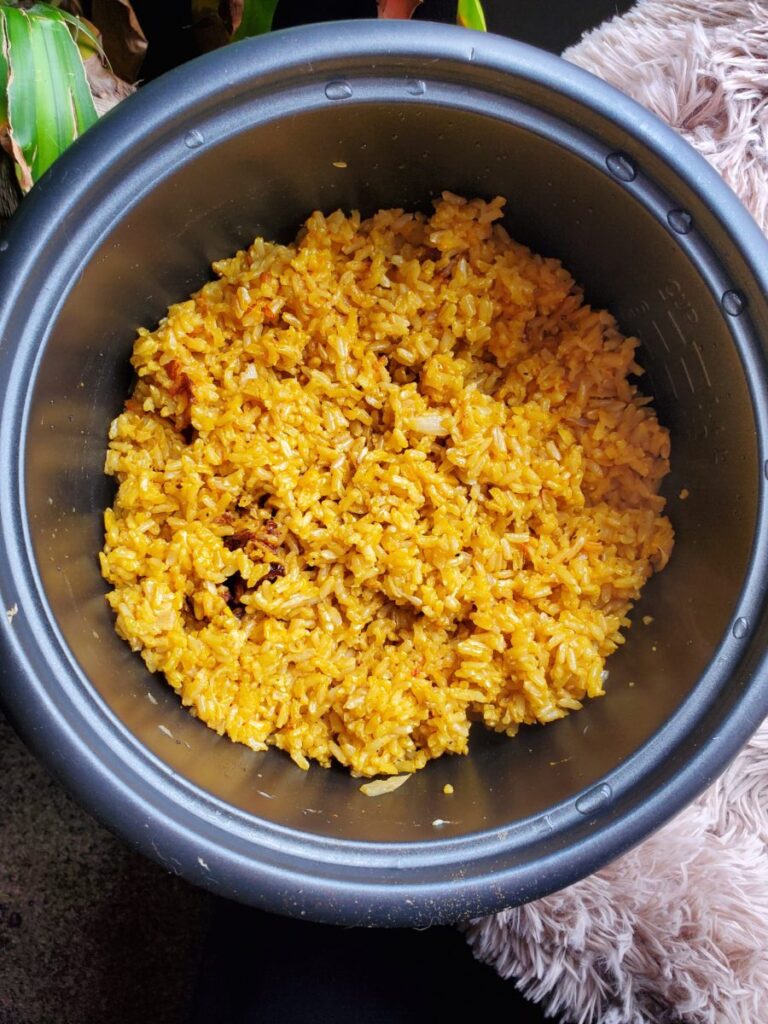
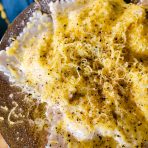
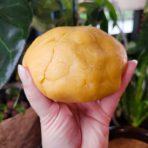

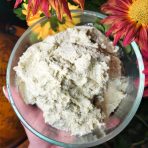
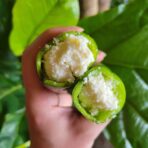
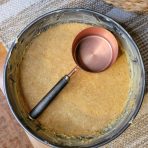


Leave a Reply